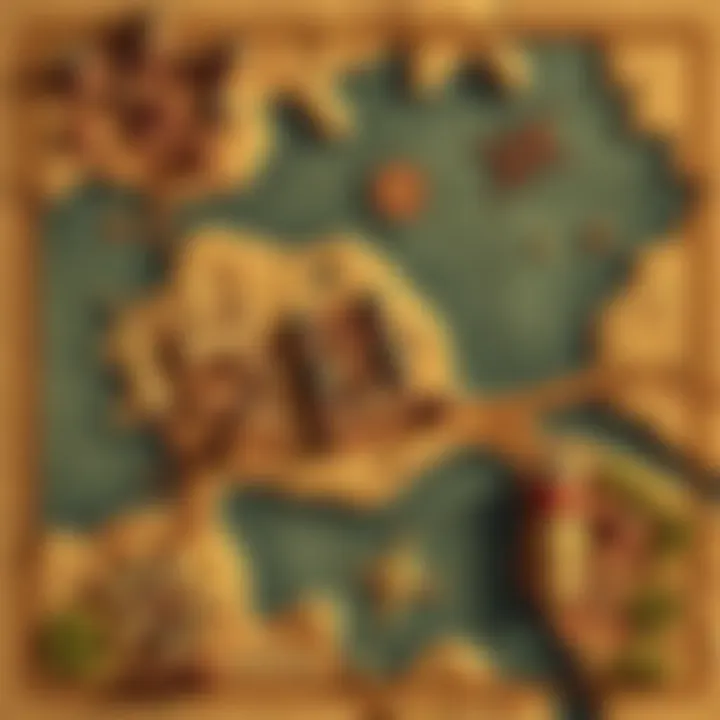The Discussion on Tartaria | Are We Ignoring Lost History?
Edited By
Jamal El-Hakim

A rising interest in a historical term, Tartaria, is sparking debates among people passionate about history and maps. A collector has discovered consistent references to Tartaria on early global maps, prompting questions about historical narratives.
The Revelations from Old Maps
Maps from the late 1400s to the mid-1700s show Tartaria as a prominent region. The curious historian states, "I was astonished to see Tartaria not just in European maps but even extending to the coastal Americas." This opens discussions about historical omissions and the motives behind them.
Tartaria's Mysterious Presence
The mention of Tartaria on various continents suggests a civilization with significant influence and reach. "Why is this history buried?" questions the map enthusiast, reflecting a common sentiment among those exploring this topic. The absence of discussions in mainstream history creates a perception of a cover-up.
Architectural Similarities Raising Eyebrows
Further investigation reveals striking architectural similarities across regions labeled as Tartaria. From megalithic monuments to pyramids, many structures share designs and purposes, leading some to consider global connections, rather than isolated histories.
"These maps don’t lie; they reflect our collective past."
This weighs heavily on discussions around the reliability of historical accounts and the need for critical examination of accepted narratives.
Key Takeaways:
🗺️ Tartaria appears on every old map owned by the collector, suggesting its historical significance.
🔍 Questions arise about why this region was omitted from mainstream historical discussions.
🌎 Architectural similarities indicate a potential lost civilization spanning the globe.
Future Unfolding of Tartaria Discussions
As discussions surrounding Tartaria grow, there’s a strong chance that more historians will join the conversation to explore these maps and their implications. Expectations indicate an increase in research funding allocated to examine architectural remains and related artifacts, with experts estimating around a 60% rise in academic interest over the next two years. This may lead to conferences and publications dedicated to these ideas, raising awareness and possibly shifting perspectives about accepted historical narratives. The online forums are likely to see heated debates, stirring public curiosity and fascination that could challenge conventional views about world history.
Echoes of Forgotten Truths
A unique parallel to the Tartaria conversations can be drawn from the saga of the Great Library of Alexandria, which held vast knowledge yet vanished amid turbulent shifts in power and culture. Like the mysterious Tartaria, that library represented a wellspring of collective understanding, only to be lost to time due to neglect and conflicting ideologies. Today, as people uncover hidden histories, we may be standing at the brink of another renaissance of thought, urging a reassessment of the narratives we take for granted and inviting reflection on what we might unearth in the layers of our shared past.
